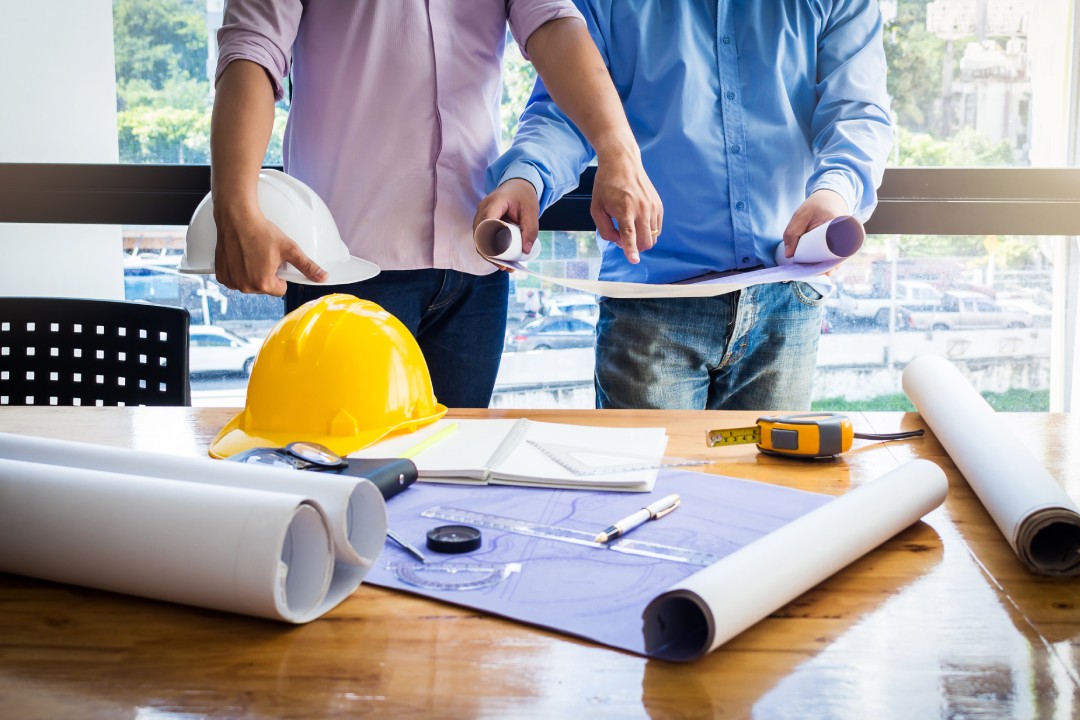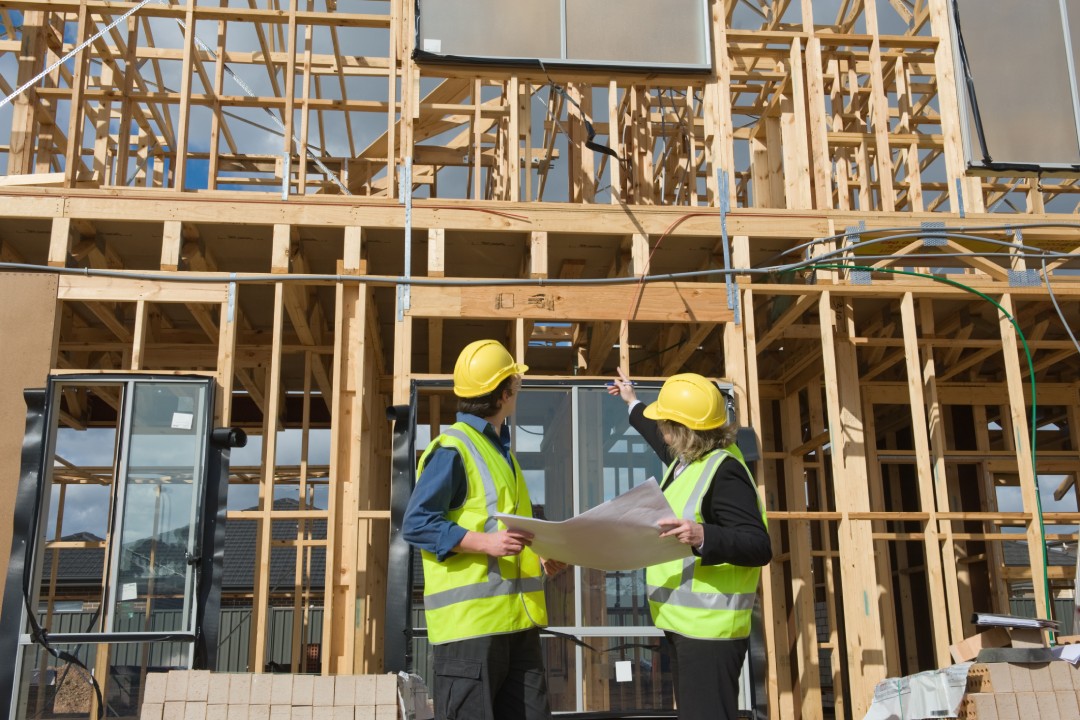Home Construction Budget Planning in 2024: Essential Tips to Build Your Dream Home
Building a home can be a dream come true, but it’s crucial to have a solid financial plan in place. Since you’ve chosen to build over buy, it’s important to note that costs can vary drastically by the time your home is complete.
While you do not need to be a financial planner, you do have to get the basics right. In this article, we will shed light on home construction budget planning in 2024.
Tips to Help You With Home Construction Budget Planning in 2024
Estimate Home Construction Cost
The first step to budgeting is to know how much it would cost to build a custom home.
Bob Vila of Bobvila.com says, “Accurately estimating construction costs requires a keen understanding of local market conditions, material prices, and labor rates.”
So, as a future homeowner, you need to research local home construction costs. Labor, material, and permit costs can vary significantly depending on factors such as geographic location, market conditions, and local building codes. Consulting with local builders, contractors, or real estate professionals can provide valuable insights into the typical costs associated with home construction in your region.
Utilize online cost estimation tools and resources to help gauge the potential expenses of your home construction project. These tools often take into account factors such as the size and style of the home, materials used, and desired amenities to provide an estimate of the total construction costs.
The type of home you want to construct also affects the overall price. More features, accessories, and functionalities would mean a higher price tag.
According to the most recent (2022) data from the National Association of Home Builders (NAHB), the average construction cost per square foot for single-family homes in the United States is about $153, depending on factors such as location, quality of materials, and level of finishes. So that’s a good starting point to start your estimation. For some locations, it can be higher than $200 per square foot or lower than $100.
Forbes provides a breakdown of home construction costs and provides the average cost for each component. For example, plot prices in the US range from $3,000 to $150,000. Likewise, water and sewer inspection costs about $8,400. Here’s another home construction cost breakdown by HowStuffWorks for reference. You need to understand these minute details to estimate the price with accuracy.

Determine Your Total Budget
Once you’ve calculated how much it’d cost to build a home in 2024, next is calculating your budget. This is how much money you can spend on home construction.
This is often easy for most people since we all have a rough figure on how much we’d like to spend. But it’s important to put a strict figure.
For this, consider factors such as your savings, income, available financing options (such as loans or mortgages), and any other sources of funding.
It’s necessary to calculate your DTI or debt-to-income ratio. This ratio indicates the percentage of your gross monthly income allocated towards debt payments. A lower DTI is generally preferred by lenders when considering new loans like construction financing. Aim for a DTI below 36%.
If your DTI is high, prioritize paying down high-interest debt like credit cards before pursuing construction loans. Consider exploring options such as debt consolidation or refinancing to potentially reduce your interest rates.
You should also factor in future income potential. So, if you’ve invested in bonds, stocks, or any financial asset, determine if the value is going up, and you can encash on it.
Pinning down your total budget makes things clearer.
Prioritize Your Construction
A house consists of various components. When building a house from scratch, you need to prioritize them.
All the home’s components can be categorized into one of the following:
- Essential features
- Safety and structural integrity
- Energy efficiency and sustainability
- Comfort and convenience
- Aesthetic appeal and personalization
The first two categories are non-negotiable. You cannot avoid or compromise on them. Features like rooms, floorings, walls, and storage space are essential to a home. Likewise, electrical and plumbing systems, doors and windows, fencing, and durable roofing make your house safer.
Besides the two, the rest of the features are negotiable, and you can be more flexible with installation or pricing.
Prioritizing helps with allocating the funds better. After paying off for the essentials, you’d know how much financial bandwidth you have for customization and comfort.
When prioritizing features for a home construction project, it’s essential to consider both your needs and your wants within the context of your budget. For instance, constructing an energy-efficient home may cost more upfront but will contribute to savings in the long run.

Upfront Cost And Long-Term Cost
When it comes to paying for the construction, you’ll incur two types of expenses. One is the upfront cost, which is paid to the contractor to initiate the project, and the long-term cost, i.e., the cost you’ll incur later down the road. You need to plan for both.
How much upfront cost you’d have to incur varies by location and contractor. For example, in California, under the California Contractors State License Board, you aren’t obliged to pay more than 10% of the contract price or $1,000 as a down payment.
Upfront costs also include material costs like concrete, rebar, lumber, bricks, engineered wood products, and so on.
Most contractors work on milestone-based payments. So you pay them only when a certain section is done.
For long-term costs, you need to take inflation and price change into consideration. Utilize reliable resources like the Construction Cost Index (CCI) published by Engineering News-Record (ENR). This index reflects historical and projected changes in material, labor, and equipment costs specific to the construction industry.
Government agencies like the Bureau of Labor Statistics (BLS) publish monthly inflation data. Consider this data when estimating future costs. A common rule of thumb is to add a buffer of 5-10% to your initial budget to account for potential inflation over the project timeline.
Set Up a Contingency Fund
To make up for inflation and unforeseen expenses, it’s recommended that you set up a contingency fund. The fund acts as a financial buffer to address unexpected expenses that inevitably arise during the building process.
To start, estimate the continency amount. Experts generally recommend allocating 10-15% of your total project budget for contingencies. This provides a good buffer for most situations.
Then, select a secure and easily accessible savings account specifically for your contingency fund.
Lastly, you need to fund the fund that you’ve set up. Set aside a fixed amount from your income each month towards the contingency fund. Analyze your budget and identify areas where you can cut back on non-essential expenses to channel those funds toward the contingency.
In the US, it takes about 6.8 months to complete a house. So, set up the funds at least 2-3 months in advance before starting the project.

Begin Construction and Track Expenses
You’ve perfectly planned your budget for home construction. The final piece in the puzzle is to track the expenses.
By maintaining accurate records of expenses, you can optimize resource allocation, mitigate financial risks, and ensure the successful completion of your home construction project within budgetary constraints.
Tracking expenses is as simple as keeping a record of expenses as you incur them. Then, at the end of each week, add up the expenses to get the total amount you’ve spent till that point. This will help you decide whether the construction is aligned with your plan or if more capital is needed for completion.
Kickstart Your Dream Home Construction Today!
Remember, your home construction budget planning is a one-time event. But seeing it through is an evolving and long-term game. Thus, as you begin the construction of your dream home, be prepared to play the long-term game. For any assistance related to the home construction, contact us today.




